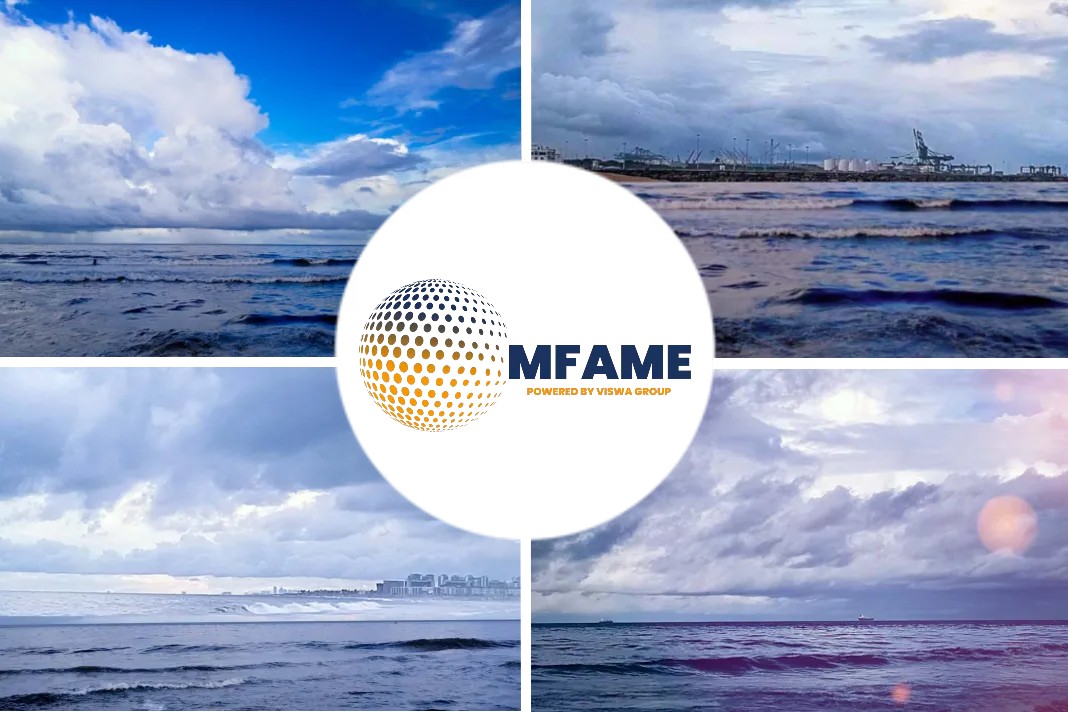
Dutch energy infrastructure company Gasunie is studying options for the temporary expansion of LNG import capacity in the Netherlands in order to reduce energy prices. The company is doing so after consulting with the country’s economic affairs and climate ministry, reports Energy Intelligance.
Expansion of LNG terminals
The Netherlands is already planning to expand the capacity of its existing 8.8 million ton/yr Gate LNG import terminal in the port of Rotterdam by an additional 3 million tons/yr by 2026.
The country is also looking to expand the capacity of its new 5.9 million ton/yr Eemshaven floating import terminal.
Gasunie said that new and existing LNG sites are being considered to expand LNG import capacity, with one or more new floating LNG terminals potentially needed for the next year.
It says it is studying the port of Terneuzen in the southwestern Netherlands as a possible site.
The Dutch economic affairs and climate ministry said last week it is looking at building at least two LNG terminals in the country by 2024.
Energy storage owner VTTI also said on Monday that it is exploring the development of a 3.6 million ton/yr floating LNG import facility in the Netherlands to be operational at the beginning of 2024.
VTTI is co-owned by Swiss trader Vitol, IFM Investors and Abu Dhabi National Oil Co.
While Dutch forecasts of no gas shortages during the current winter season have been proven correct, natural gas prices remain high due to the “structural scarcity” of gas in northwestern Europe, Gasunie said.
Price Reduction Options
Gas prices can be lowered by energy savings, accelerating the energy transition and expanding LNG import capacity.
Dutch households and companies are already reducing consumption and Gasunie is already developing a national hydrogen network, but this cannot replace gas demand for the next two to three years.
Therefore, adding LNG import capacity is “the most appropriate approach to stabilize prices on the gas market,” the company said.
Gasunie wants to deploy the capacity expansion as early as the 2023/24 winter season — and preferably before the start of the storage injection season in April 2023 — until the winter of 2025/26.
It said the expansion will be temporary due to the energy transition, with the intention of using “as many parts of the temporary installations as possible for hydrogen transport after a few years.”
Dutch Fund Gas Storage Purchases
The Dutch government said last week it is planning to spend €520.5 million (US$549 million) to fill the 4.6 billion cubic meter/yr Bergermeer gas storage facility in preparation for winter 2023/24.
The government has tasked state-owned energy company EBN with procuring 15 TWh-20 TWh (1.35 Bcm-1.8 Bcm) of gas to be stored in Bergermeer next year.
It has also told EBN to leave 7 TWh (0.6 Bcm) of gas stored at the facility until the first quarter of 2024.
“This year has shown that we cannot take energy security for granted. Even next year, it will remain difficult to attract enough gas at acceptable prices,” said Energy and Climate Minister Rob Jetten.
“That is why it is important to provide clarity to the market quickly, to have a plan and to carefully apply the lessons learned from this year, such as staggered and coordinated procurement with European countries,” he added.
Dutch gas storage facilities were almost 84% full as of Dec. 10, while the Bergermeer facility was 85.8% full, according to Gas Infrastructure Europe.
Did you subscribe to our daily Newsletter?
It’s Free! Click here to Subscribe
Source: Energy Intelligence






















